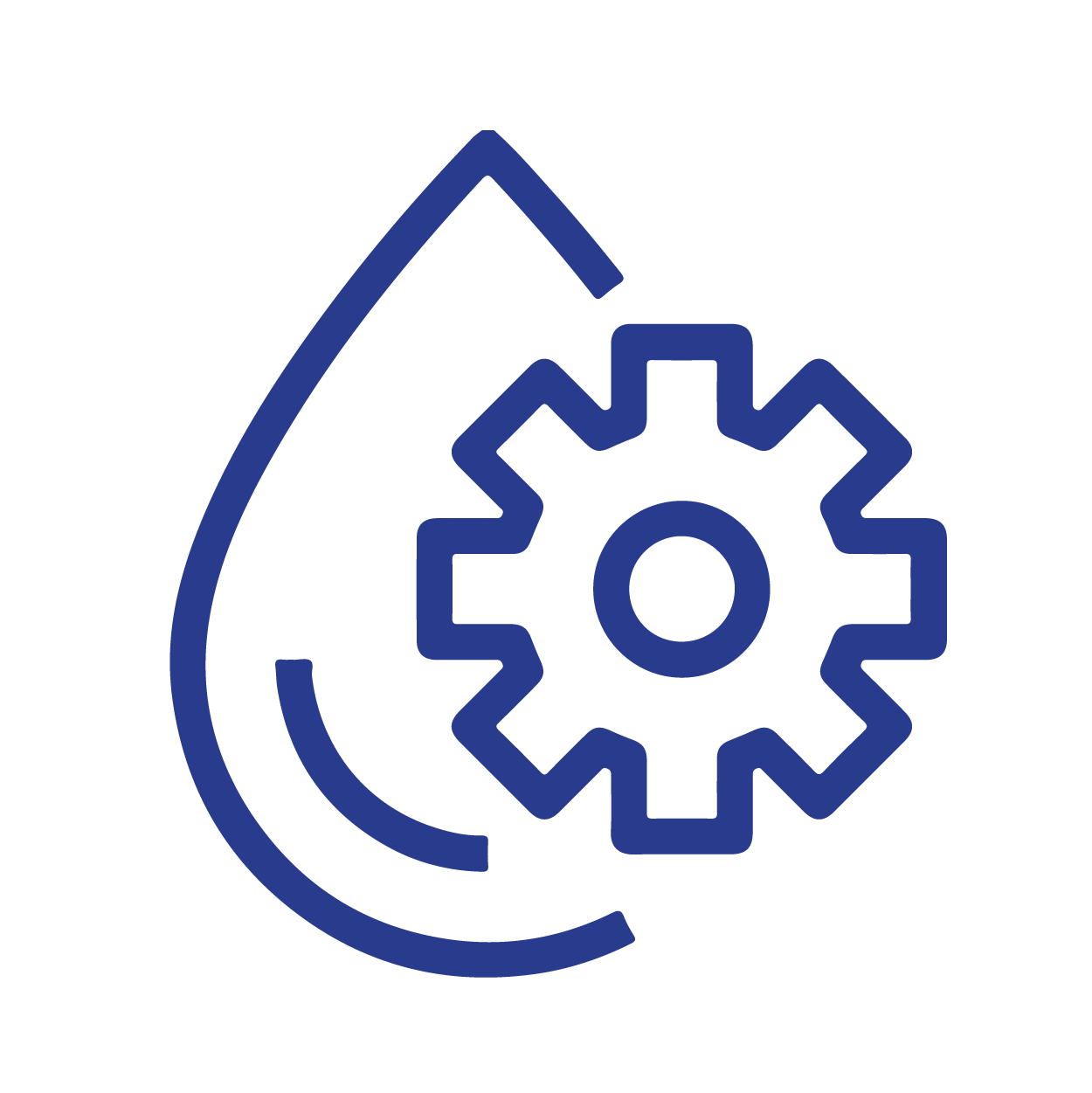Rainwater Harvesting
Rainwater harvesting involves the collection and storage of rainwater for future use, rather than allowing it to run off. In industrial settings, such as factories and large facilities, implementing rainwater harvesting systems can offer numerous advantages.
KEY BENEFITS OF RAINWATER HARVESTING
Water Conservation: Utilising harvested rainwater for non-potable applications such as toilet flushing, irrigation, equipment washing, and cooling systems can reduce reliance on mains water by up to 50%, significantly lowering demand on public water infrastructure.
Cost Savings: Decreasing mains water usage leads to lower water bills and reduced wastewater charges. With low-maintenance filtration and automatic controls, operational costs remain minimal, enabling facilities with high water consumption to achieve a return on investment within a few years.
Environmental Impact: Rainwater harvesting supports corporate sustainability by conserving natural water resources, reducing the carbon footprint associated with water treatment and distribution, and minimising environmental pollution from chemical treatments. It also aligns with green building standards such as BREEAM, LEED, and ISO 14001, which incentivise water reuse.
Stormwater Management: Storing excess rainwater reduces stormwater runoff, preventing flooding, erosion, and property damage. Incorporating attenuation tanks allows industries to control the release of excess rainwater into public drainage systems at a regulated rate, ensuring compliance with Sustainable Urban Drainage Systems (SUDS) guidelines.
REQUEST A CALLBACK
INDUSTRIAL APPLICATIONS

Process Water
Industries can utilise harvested rainwater in manufacturing processes like cooling, washing, and flushing. Free from chemicals and naturally soft, rainwater is an ideal resource for these applications. Using it helps reduce dependence on treated mains water, supporting sustainable practices.

Landscape Irrigation
Collected rainwater can be used to maintain facility grounds and green spaces, reducing the need for treated mains water. This practice not only conserves potable water but also supports the health of the landscape by providing water that is free from chlorine and other additives.

Fire Protection Systems
Storing rainwater for fire suppression systems ensures a reliable water source in emergencies, boosting facility safety. This approach reduces reliance on mains water, enhances sustainability, and guarantees the efficient use of resources when critical water supply is needed.
FAQs ABOUT RAINWATER HARVESTING
IN INDUSTRIAL USE
A typical system includes:
- Catchment Area: Surfaces like rooftops where rainwater is collected.
- Gutters and Downpipes: Channels that direct water from the catchment area to storage.
- Filtration Units: Systems to remove debris and contaminants.
- Storage Tanks: Containers, either above or below ground, where water is stored.
- Distribution System: Pumps and pipes that deliver water to its end-use points.
Yes, harvested rainwater is often suitable for non-potable applications such as cooling systems, equipment washing, and toilet flushing. However, water quality requirements vary by application, and appropriate filtration or treatment may be necessary.
Regular maintenance includes:
- Inspecting and cleaning gutters and downpipes to prevent blockages.
- Checking and replacing filters as needed.
- Monitoring storage tanks for sediment build-up and cleaning periodically.
- Ensuring pumps and distribution systems are functioning correctly.
- Proper maintenance ensures system efficiency and water quality.
Regulations vary by location. It’s essential to consult local building codes and water authorities to ensure compliance. In some regions, using harvested rainwater for certain applications may require permits or adherence to specific standards.
The ROI depends on factors like system size, water usage, and local water costs. Many industries find that the savings on water bills and potential tax incentives lead to a favourable ROI within a few years.
Yes, many existing industrial facilities can be retrofitted to include rainwater harvesting systems. A site assessment can determine the feasibility and design requirements for integration.
GET IN TOUCH

